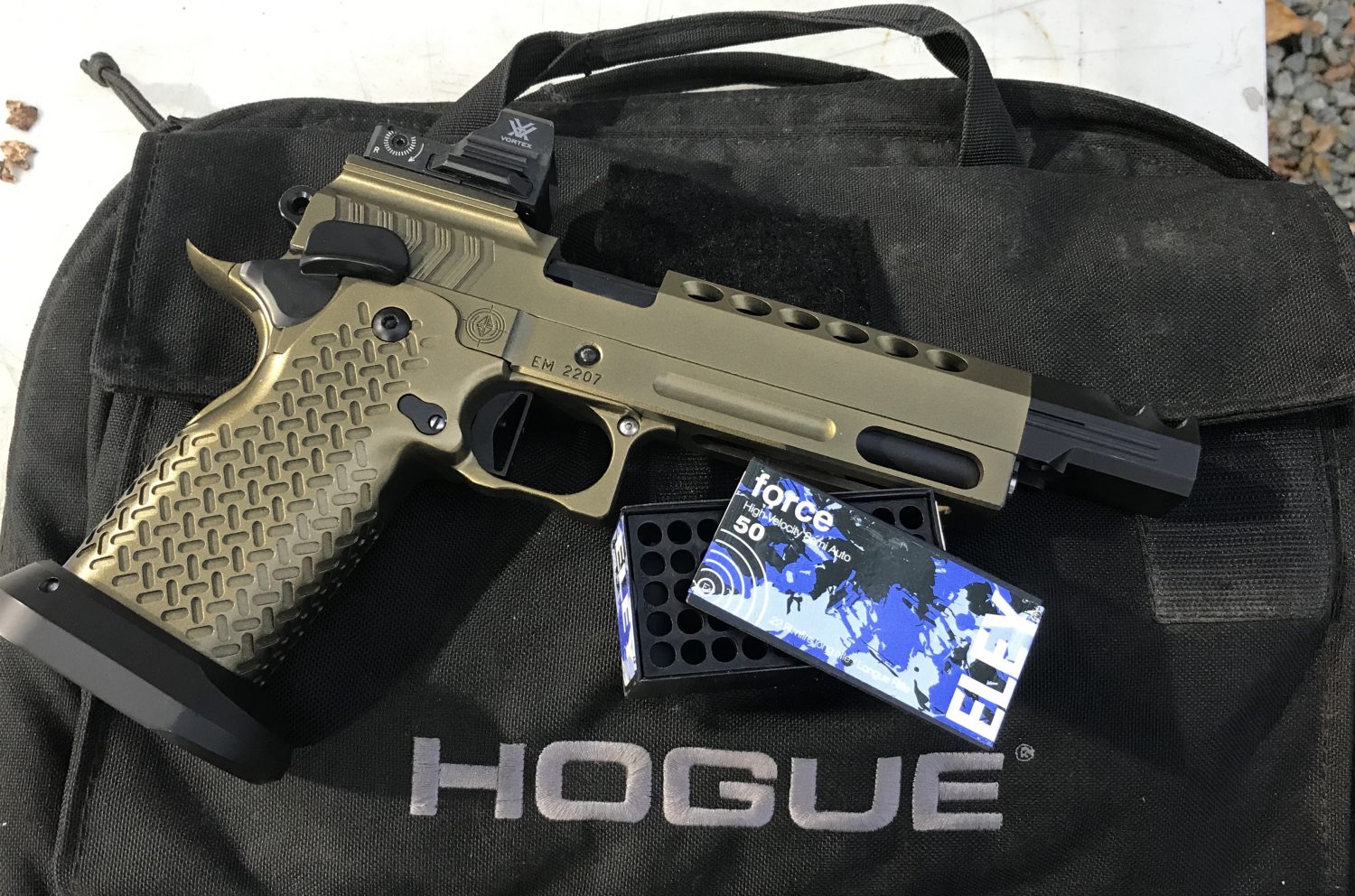This installment of the mini-series on Perfect Practice, I am sharing a real world example of someone I am working with and coaching them on how to be a better shooter. In my ‘day job’ I strongly believe in giving tools and tips on how to improve your practical application. One of my pet peeves is people pay a lot of money for training and all you get is situational generalities. At the end of the day, the rubber needs to meet the road – you need to see an increase in performance.
I am working with someone 1,000 miles away to help them be a better shooter. His raw talent is something many of us, including myself, admire. Now he can shoot fast, but he needs to train how to not miss fast and be more consistent. At the highest level of our sport the top spots are determined by who has less misses or has fewer make up shots. In order to work with this person from a distance we decided to start off with some Steel Challenge Stages so I can coach him because I know what it needs to look like. We had our first coaching session on 5 To Go and the link to the second video with his pistol is located on youtube at https://youtu.be/fBd3Q_fbAHk. Below is my response to his video. Hopefully there are some tips you will find in watching the video and where I have offered some insight.
Got your video, looking good! The first run was very deliberate. I am sure in your mind it felt like you were going slow. Shooting well does feel this way! You saw the plate, put the dot on it and squeezed the trigger. Your transitions to the stop plate were perfect (last session we had only 2 of 5 hit on the first shot). Nice work! A lot of improvement in a short period of time!
The first run of 2.35 is about 85% -90% for you and is a great first run, right where you need to be. The 2.17 is a strong run and your EDGE is probably in the 2.05-2.10 range. You got a hold of the 2.05!! The problem after that was you were trying to shoot under 2 seconds with your last two runs and going over the EDGE!
These make-ups put you in the 2.55 and 2.57 area. If you would have stayed in the 2.17 run after your first one.. you would have shot an 8.68 which is probably in the top 1-2% of people shooting RFPO right now. Instead you ened up with a 9.08 which is probably in the top 5%.
This may not seem like a big deal, but you cannot carry a lot of pickup shots or guys like me and Ron or Trenton will beat you all day long. If you did this over the course of 8 stages, this is 3.2 seconds and this is more than what I bested one of the top shooters by with my RFRO last weekend. It is that close of a game. In Fact at the 2017 US Steel Shoot the top three PCCO finishers were less than a second a part.
You had a solid first shot on all first targets and your second targets. This stage got you where it gets everyone.. the tendency is to speed up on plate 3 and 4. If you stand in the shooters box,,, compare the size of plate 1 to plate 4… Plate 4 looks half the size doesn’t it? So why do you think you can shoot that one as fast as the first plate?
Keep this in mind and you will be in the 2.10 range all day. Get you a solid first string and dial it in to the 2.1-2.17 range and stay there for four consistent runs. Soon, you will not even have to look at the timer because you will know how fast you are shooting.
For the next outing do it again and see if you can stay between 2.15 and 2.25 after a first run in the 2.35 range. Going faster than this will only slow down your overall times. Do this consistently and then try pushing it at the end of your training session! You have to shoot fast to shoot fast!
He stated, so I just have to be more consistent and I said; It is more than consistency. It is the mental part of this game. You can shoot fast, but you have to learn how to shoot consistently. It will build when you go from stage to stage. This will help you in Rimfire Challenge as well. You will learn how fast a stage can be shot and then be consistent.
The use of video can be a very powerful tool for training. It can be both beneficial for self-examination as well as for other shooters to help one another 1,000 miles away.
See you out on the range soon!
Steve
